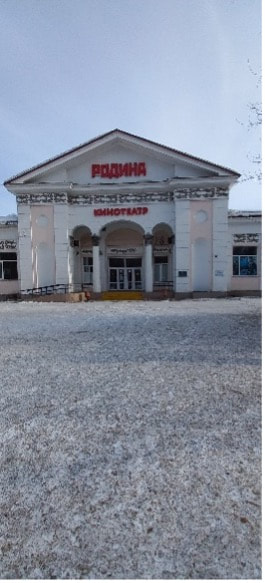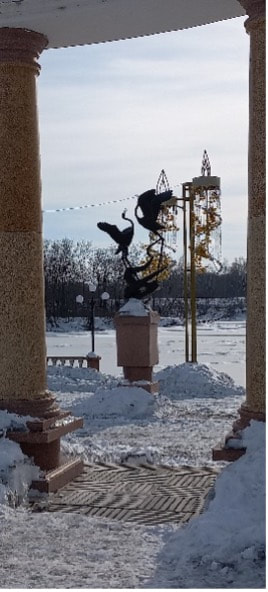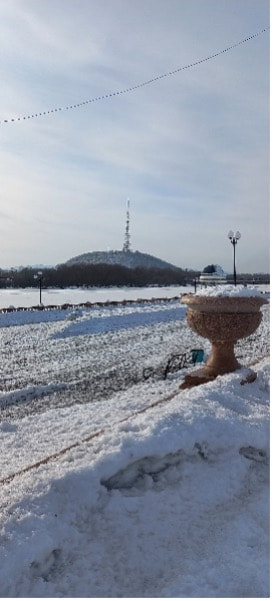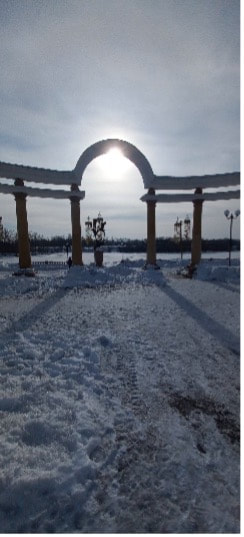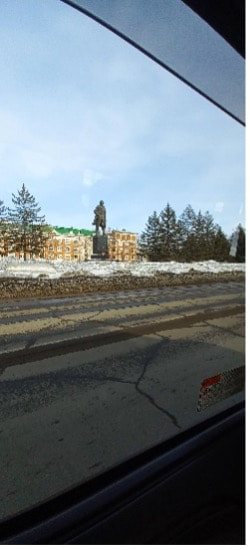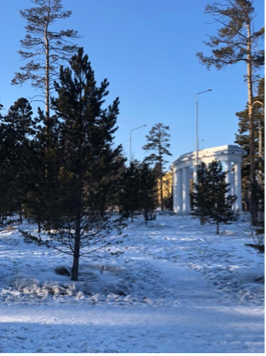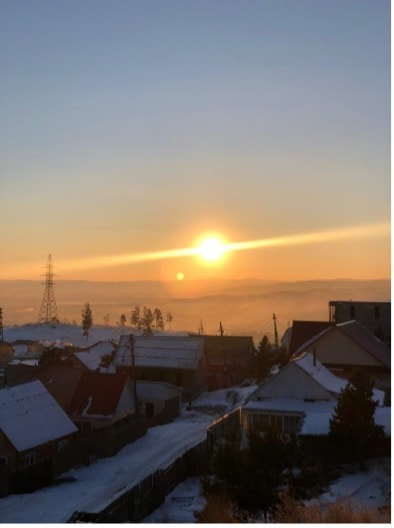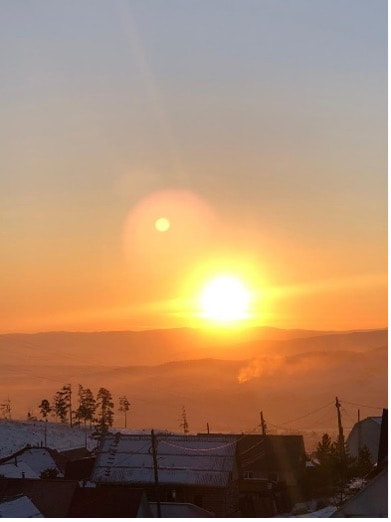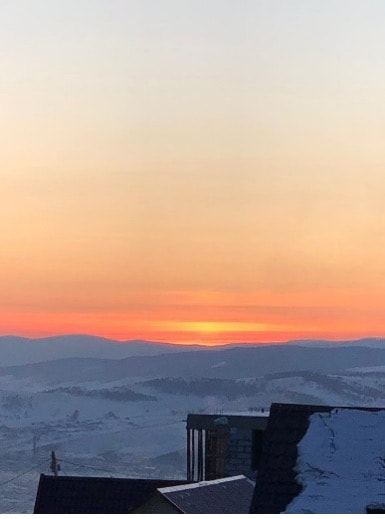
25th February 2022
Due to a change in schedule at the last minute caused by some Covid restrictions being placed upon past of the original trip schedule, I decided to take a day to visit Birobidzhan from Khabarovsk.
A train journey going back on the Trans-Siberian train towards Ulan Ude (2.5 hours) to explore this area and its Jewish culture and history dating back to 1928 and the formation of the zone.
The Jewish Autonomous Oblast (JAO; is a federal subject of the Russia Federation in the Russian Far East, bordering Khabarovsk Krai and Amur Oblast in Russia and Heilongjiang province in China. Its administrative centre is the town of Birobidzhan.
Birobidzhan is named after two left tributaries of the Amur, the Biro and the Bidzhan.
The train journey took 2.5 hours in a very crowded carriage of tourist class, thankfully I had a lower bunk to sit on. Some people were eating meals from home and the smell of the food was very mixed and “interesting “. This was another occasion where I watched the people around me with some fascination. Just normal people travelling on the train.
I was fascinated by the upper bunks and could not work out how people would squeeze into the small area of the bunk. seasoned travellers would have no problems but I could not see how it was possible or comfortable.
Little did I know that I would be allocated one of these on the way back. “innocence is bliss”.
Due to a change in schedule at the last minute caused by some Covid restrictions being placed upon past of the original trip schedule, I decided to take a day to visit Birobidzhan from Khabarovsk.
A train journey going back on the Trans-Siberian train towards Ulan Ude (2.5 hours) to explore this area and its Jewish culture and history dating back to 1928 and the formation of the zone.
The Jewish Autonomous Oblast (JAO; is a federal subject of the Russia Federation in the Russian Far East, bordering Khabarovsk Krai and Amur Oblast in Russia and Heilongjiang province in China. Its administrative centre is the town of Birobidzhan.
Birobidzhan is named after two left tributaries of the Amur, the Biro and the Bidzhan.
The train journey took 2.5 hours in a very crowded carriage of tourist class, thankfully I had a lower bunk to sit on. Some people were eating meals from home and the smell of the food was very mixed and “interesting “. This was another occasion where I watched the people around me with some fascination. Just normal people travelling on the train.
I was fascinated by the upper bunks and could not work out how people would squeeze into the small area of the bunk. seasoned travellers would have no problems but I could not see how it was possible or comfortable.
Little did I know that I would be allocated one of these on the way back. “innocence is bliss”.
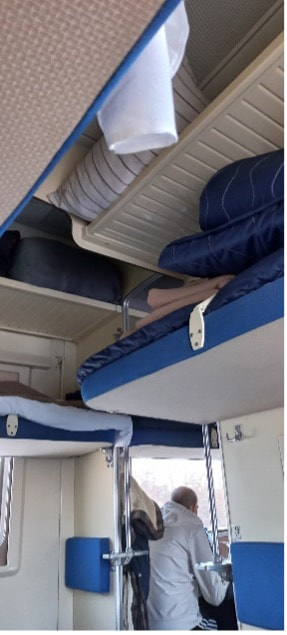
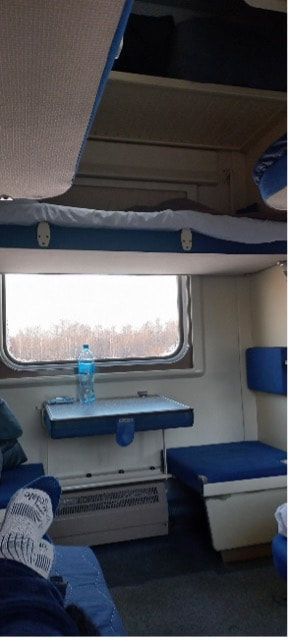
Upon arrival into Birobidzhan station I was met by two ladies who were to be my guides for the day. They were leading members of the community (both called Alla, or Albina) and Sergei the head of the community who was our driver. Their warm welcome and smiles were infectious and immediately I felt relaxed and amongst friends.
I wrote this short article for Bimah magazine which describes my time in Birobidzhan and some of the information that was passed to me.
“Arriving at the station in Birobidzhan (a warm minus 10°C) early in the morning was a break from worrying about the situation in Ukraine, sanctions, anti-foreigner sentiment and, more importantly how I would get home and when. I had been away in Russia from late January 2022 and this was now February 19th. It was a chance to put these worries aside and throw myself into Birobidzhan, its Jewish heritage and community. I was escaping reality for a day in a town which was established partially as a safe Jewish home land established in 1928 and initially settled in 1932 in the Russian Far East.
Reality could wait until tomorrow.
I was the first foreigner for 2 years since Covid lockdowns and was honoured that the Chairman of the community and two council members met me at the station and were to be my guides. Sadly, the Lubavitch Rabbi Riss was called to a meeting in Moscow and was unable to meet me as they planned.
Immediately it was like being with friends and family. We chatted about our communities and problems in English and Russian but at no time discussed anything regarding Ukraine or the issues we all knew were coming. We concentrated on common connections, roots and history as well as chatting about the history and community. On the road from the station to the community centre, the first thing that I noticed was that the Birobidzhan station sign was in Russian and Yiddish and on driving through the roads, I was really interested to note that most street signs and building signs were in both languages as well.
The history of the community reflects Soviet and Russian history well. Established as a concept in 1928, Jews were encouraged to settle in the swampy and mosquito ridden area as part of a Jewish homeland dream (Yidishe Autonome Gegnt). Reality and the dream were not the same as many settlers found out. The death rate was very high initially. It was also part of a plan to develop a network of settlements along the Chinese border and Amur River.
Settlers came from all over Eastern Europe, Canada and also Palestine to experience the dream but most were oblivious to the harsh and challenging conditions they would be meeting. However, they established literary and cultural groups, theatres, schools and universities as the community developed. Yiddish was the common thread between the communities and was the cornerstone of the region itself (most of these were destroyed in the late Stalin times) but schools continued to study Yiddish but lessons were in Russian.
At one time the Jewish population was over 25% with over 30 thousand people registered. However, the Stalin pogroms of the late 1930’s and post WW2 periods, plus the hard and extreme isolated climate led to a flow of families to other parts of Russia and notably to Israel in the late 1960’s and 1970’s. Today there are officially 1,000 families but I was told that it is more like 4,000 Jewish families in the region with synagogue membership less than 150, however the kindergarten and schools are thriving.
We first visited the Synagogue and community centre (which was built in 2004 and notably the Aron Kodesh was donated by the sister Chinese city of Henang under supervision of the previous chief Rabbi Kolpak), had tea and relaxed. I had travelled from Khabarovsk nearly 3 hours away by train and enjoyed just chatting and relaxing with such warm and friendly people and my tiredness just melted away.
After a tour of the synagogue (which was built partially by government funds as well as donations) we visited the museum detailing the importance of the Jewish community to the region and its cultural heritage which was part of a school curriculum and also open to other interested groups.
We then went to their Kosher style restaurant where the food and cooking was very familiar and traditional. All the time we were taking the opportunity to talk, exchange experiences and compare communities. It was a really fascinating time and experience.
Driving around after lunch, tradition and heritage is apparently important. We toured other parts of the town and also the centre to see the Sholem Aleichem statue but all too soon I had to leave on the train back to Khabarovsk and to reality.
It was wonderful to meet such warm and friendly members of the Jewish community, understand their history and also their issues being so isolated from the rest of the world. I am really fortunate to have experienced and met these lovely people and seen how they are developing and rebuilding their heritage slowly under very challenging circumstances with the involvement and wonderful support of the Lubavitch community.”
I wrote this short article for Bimah magazine which describes my time in Birobidzhan and some of the information that was passed to me.
“Arriving at the station in Birobidzhan (a warm minus 10°C) early in the morning was a break from worrying about the situation in Ukraine, sanctions, anti-foreigner sentiment and, more importantly how I would get home and when. I had been away in Russia from late January 2022 and this was now February 19th. It was a chance to put these worries aside and throw myself into Birobidzhan, its Jewish heritage and community. I was escaping reality for a day in a town which was established partially as a safe Jewish home land established in 1928 and initially settled in 1932 in the Russian Far East.
Reality could wait until tomorrow.
I was the first foreigner for 2 years since Covid lockdowns and was honoured that the Chairman of the community and two council members met me at the station and were to be my guides. Sadly, the Lubavitch Rabbi Riss was called to a meeting in Moscow and was unable to meet me as they planned.
Immediately it was like being with friends and family. We chatted about our communities and problems in English and Russian but at no time discussed anything regarding Ukraine or the issues we all knew were coming. We concentrated on common connections, roots and history as well as chatting about the history and community. On the road from the station to the community centre, the first thing that I noticed was that the Birobidzhan station sign was in Russian and Yiddish and on driving through the roads, I was really interested to note that most street signs and building signs were in both languages as well.
The history of the community reflects Soviet and Russian history well. Established as a concept in 1928, Jews were encouraged to settle in the swampy and mosquito ridden area as part of a Jewish homeland dream (Yidishe Autonome Gegnt). Reality and the dream were not the same as many settlers found out. The death rate was very high initially. It was also part of a plan to develop a network of settlements along the Chinese border and Amur River.
Settlers came from all over Eastern Europe, Canada and also Palestine to experience the dream but most were oblivious to the harsh and challenging conditions they would be meeting. However, they established literary and cultural groups, theatres, schools and universities as the community developed. Yiddish was the common thread between the communities and was the cornerstone of the region itself (most of these were destroyed in the late Stalin times) but schools continued to study Yiddish but lessons were in Russian.
At one time the Jewish population was over 25% with over 30 thousand people registered. However, the Stalin pogroms of the late 1930’s and post WW2 periods, plus the hard and extreme isolated climate led to a flow of families to other parts of Russia and notably to Israel in the late 1960’s and 1970’s. Today there are officially 1,000 families but I was told that it is more like 4,000 Jewish families in the region with synagogue membership less than 150, however the kindergarten and schools are thriving.
We first visited the Synagogue and community centre (which was built in 2004 and notably the Aron Kodesh was donated by the sister Chinese city of Henang under supervision of the previous chief Rabbi Kolpak), had tea and relaxed. I had travelled from Khabarovsk nearly 3 hours away by train and enjoyed just chatting and relaxing with such warm and friendly people and my tiredness just melted away.
After a tour of the synagogue (which was built partially by government funds as well as donations) we visited the museum detailing the importance of the Jewish community to the region and its cultural heritage which was part of a school curriculum and also open to other interested groups.
We then went to their Kosher style restaurant where the food and cooking was very familiar and traditional. All the time we were taking the opportunity to talk, exchange experiences and compare communities. It was a really fascinating time and experience.
Driving around after lunch, tradition and heritage is apparently important. We toured other parts of the town and also the centre to see the Sholem Aleichem statue but all too soon I had to leave on the train back to Khabarovsk and to reality.
It was wonderful to meet such warm and friendly members of the Jewish community, understand their history and also their issues being so isolated from the rest of the world. I am really fortunate to have experienced and met these lovely people and seen how they are developing and rebuilding their heritage slowly under very challenging circumstances with the involvement and wonderful support of the Lubavitch community.”
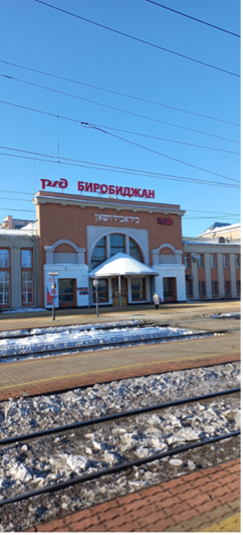
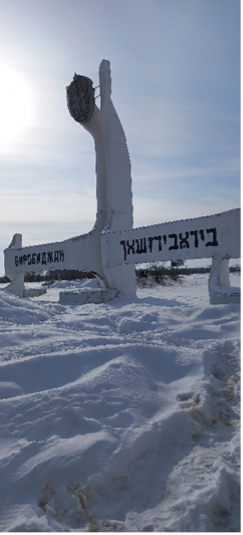
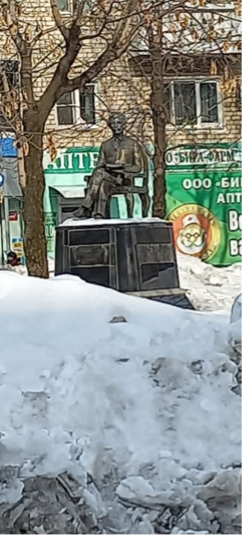
They still have weekly newspapers and a Yiddish paper which is monthly (mostly read by the older community members). It did strike me how isolated the community is from most of Russia and also from the rest of the world. Flights from Khabarovsk airport (3 hours away by train would either go to Moscow (11-13 hours) or to Novosibirsk (5 hours) and the from there to Israel or Europe / Turkey.
It’s a fact that closer to them is China (across the river) with a significant influence on the city and trade but the border was closed during Covid times.
It’s a fact that closer to them is China (across the river) with a significant influence on the city and trade but the border was closed during Covid times.
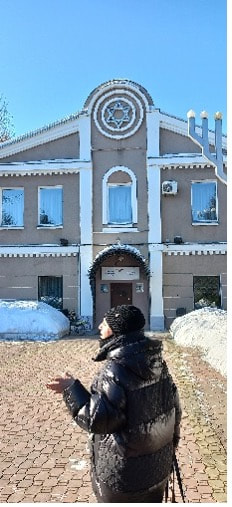
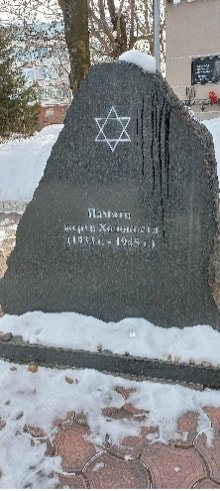
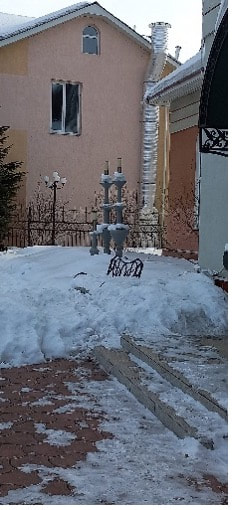
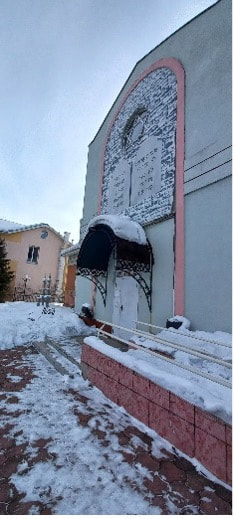
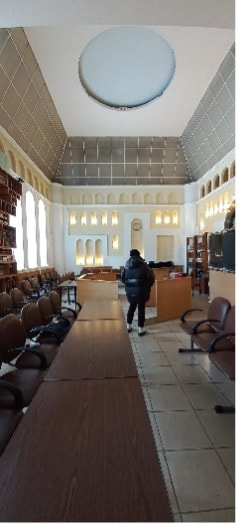
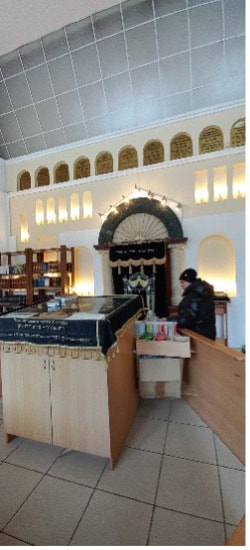
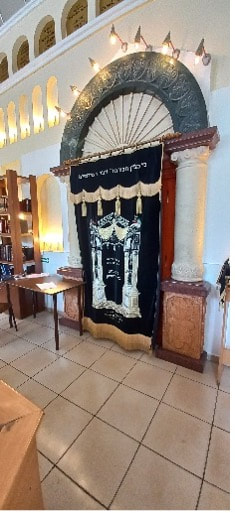
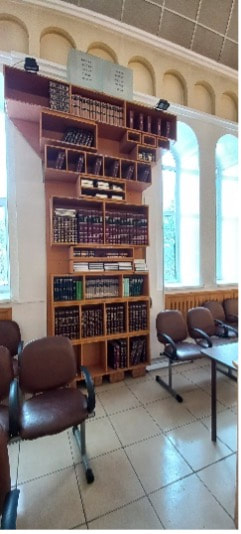
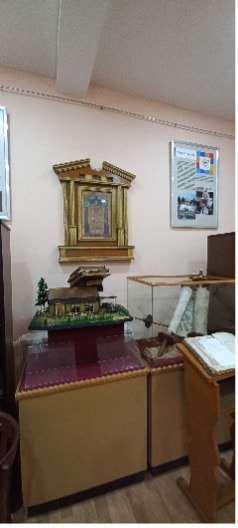
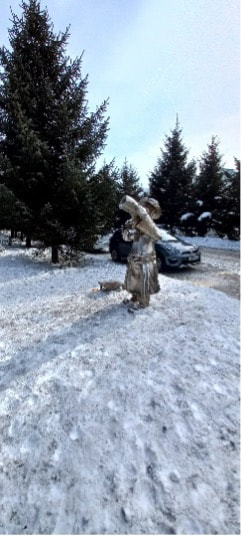
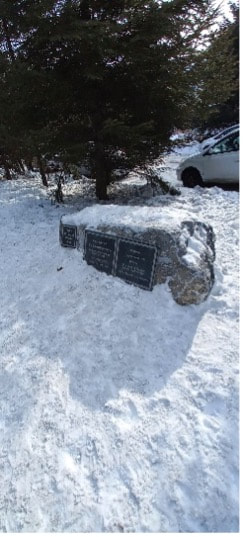
General views of Birobidzhan
